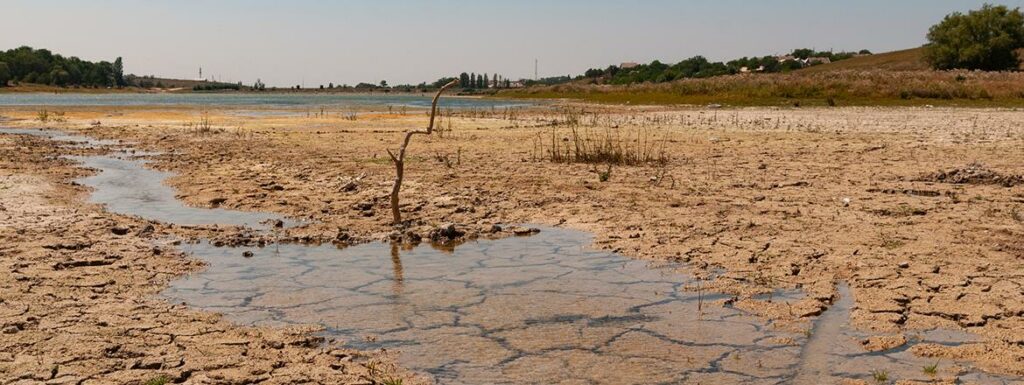The best way to respond to a new IPCC report is to tune out all the press coverage and look at the actual document, which is the last thing most people think to do. So over the next few weeks we are providing excerpts of the text of the new IPCC AR6 WG1 draft report on the big topics of the day, especially apocalyptic extreme weather and the like. This week: Droughts. The IPCC (Chapter 11) discusses various mechanisms that cause drought conditions, so this week we start with insufficient rainfall (“precipitation deficits”). We'll use “(---)” to mark where we skip lists of journal article references to make it easier to read. And other than spelling out some short forms, here from Sct. 11.6.2.1 is the IPCC in its own words on precipitation deficit-induced droughts.
Strong precipitation deficits have been recorded in recent decades in the Amazon (2005, 2010), southwestern China (2009-2010), southwestern North America (2011-2014), Australia (1997-2009), California (2014), the middle East (2012-2016), Chile (2010-2015), the Great Horn of Africa (2011), among others (---). Global studies generally show no significant trends in [Standardized Precipitation Index] time series (---), and in derived drought frequency and severity data (---), with very few regional exceptions (Figure 11.17 and Section 11.9).
Long-term decreases in precipitation are found in some AR6 regions in Africa (Central Africa, East-Southern Africa), and several regions in South America (North-East South America, South American Monsoon, South-West SA, South SA) (Section 11.9). Evidence of precipitation-based drying trends is also found in Western Africa (West Africa), consistent with studies based on Consecutive Dry Day trends (---) (Figure 11.17), however there is a partial recovery of the rainfall trends since the 1980s in this region (Chapter 10, 10.4.2.1). Some AR6 regions show a decrease in meteorological drought, including North Australia, Central Australia, Northern Europe and Central North America (Section 11.9). Other regions do not show substantial trends in long-term meteorological drought, or display mixed signals depending on the considered time frame and subregions, such as in Southern Australia (---) and the Mediterranean (---) (see also Section 11.9 and Atlas 8.2).



Marvelous.
Don't quote the scientist or the data but be the interpreter of the scientist without dispute and then you can determine everybody else's truth . Well, there can be little disputes but when we all agree we are infallible. Bow down and worship us and come to the confessional when you are weak.
Alan Montgomery
An excellent idea to provide summaries of what the 3900 page doc actually says scientifically.
PS....congratulations on reaching the 5 million youtube hits mark. It takes time for realty to sink in when media bias towards extreme events hits the desks of the intellectually incurious average person. But as recent tee-shirt slogan says: Science doesn't care what you believe...
Thanks again John. Delivers as promised in the video.
I downloaded the IPCC's Sixth assessment report intending to read it after all the alarmist hysteria that occurred after it came out, but the size of it is daunting & I just don't have the energy or time to read it! I take my hat off to you John for having the time energy & patience to read it & post excerpts here. Breaking it down into small bite sized, easily digestible morsels helps us all to gain some understanding of it which we would never do if left to ourselves. Thank you for your commitment John.